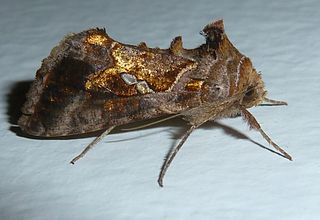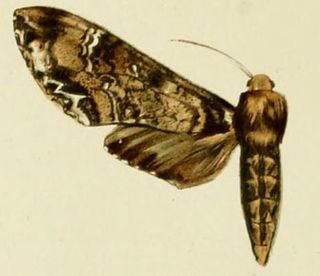
Zimbabwe, officially the Republic of Zimbabwe, formerly Rhodesia, and Zimbabwe Rhodesia, is a landlocked country located in Southern Africa, between the Zambezi and Limpopo Rivers, bordered by South Africa, Botswana, Zambia and Mozambique. The capital and largest city is Harare. The second largest city is Bulawayo. A country of roughly 14 million people, Zimbabwe has 16 official languages, with English, Shona, and Ndebele the most common.

Harare is the capital and most populous city of Zimbabwe. The city proper has an area of 960.6 km2 (371 mi2) and an estimated population of 1,606,000 in 2009, with 2,800,000 in its metropolitan area in 2006. Situated in north-eastern Zimbabwe in the country's Mashonaland region, Harare is a metropolitan province, which also incorporates the municipalities of Chitungwiza and Epworth. The city sits on a plateau at an elevation of 1,483 metres above sea level and its climate falls into the subtropical highland category.

The Zimbabwe national cricket team represents Zimbabwe in men's international cricket and it's administered by Zimbabwe Cricket. Zimbabwe has been a Full Member of the International Cricket Council (ICC) since 1992. As of 20 March 2020, Zimbabwe is currently ranked eleventh in Tests, eleventh in ODIs and twelfth in Twenty20 Internationals by the ICC.

Colophospermum mopane, commonly called mopane, mopani, balsam tree, butterfly tree, or turpentine tree, is a tree in the legume family (Fabaceae), that grows in hot, dry, low-lying areas, 200 to 1,150 metres in elevation, in the far northern parts of southern Africa. The tree only occurs in Africa and is the only species in genus Colophospermum. Its distinctive butterfly-shaped (bifoliate) leaf and thin seed pod make it easy to identify. In terms of human use it is, together with camel thorn and leadwood, one of the three regionally important firewood trees.

Gonimbrasia belina is a species of emperor moth which is native to the warmer parts of southern Africa. Its large edible caterpillar, known as the madora or mopane worm or amacimbi, masontja, feeds primarily but not exclusively on mopane tree leaves. Mopane worms are an important source of protein for many in the region. The species was first described by John O. Westwood in 1849.

The Spilosomina are a subtribe of tiger moths in the tribe Arctiini, which is part of the family Erebidae.
Rhodesia was an unrecognised state in southern Africa from 1965 to 1979, equivalent in territory to modern Zimbabwe. It was previously the colony of Southern Rhodesia.

The Tomato Looper or golden twin-spot moth(Chrysodeixis chalcites) is a moth of the family Noctuidae, subfamily Plusiinae. It is found from southern Europe, the Levant and tropical Africa, but can be found in great parts of Europe because it is a migratory species. It has also recently been reported from North America.
Paralpenus is a genus of moths in the subfamily Arctiinae from the Afrotropics. The genus was described by Watson in 1988.

Oraesia is a genus of moths in the family Erebidae. The genus was erected by Achille Guenée in 1852.

Trigonodes hyppasia, the triangles or semi-looper, is a moth in the family Erebidae. The species was first described by Pieter Cramer in 1779. It is largely cosmopolitan, found throughout Borneo, Fiji, India, Nepal, Sri Lanka, São Tomé and Príncipe, Taiwan, Zimbabwe, northern Australia, and almost all African countries.

Poliana is a genus of moths in the family Sphingidae. The genus was erected by Walter Rothschild and Karl Jordan in 1903.

Poliana wintgensi is a moth of the family Sphingidae. It is known from savanna and dry bush from eastern Kenya and Tanzania to Zimbabwe and Mozambique.
Paralpenus atripes is a moth of the family Erebidae. It was described by George Hampson in 1909. It is found in Ghana.
Paralpenus flavicosta is a moth of the family Erebidae. It was described by George Hampson in 1909. It is found in Cameroon, Kenya, Sierra Leone, Zambia and Zimbabwe.
Paralpenus flavizonatus is a moth of the family Erebidae. It was described by George Hampson in 1911. It is found in Ghana and Nigeria.
Paralpenus julius is a moth of the family Erebidae. It was described by Lars Kühne in 2010. It is found in Zimbabwe.
Paralpenus strigulosa is a moth of the family Erebidae. It was described by George Hampson in 1901. It is found in South Africa.
Paralpenus ugandae is a moth of the family Erebidae. It was described by George Hampson in 1916. It is found in Eritrea, Kenya and Uganda.










